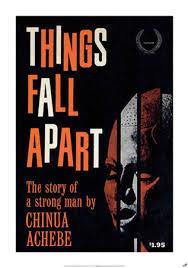
The original 1958 green Heinemann
hardcover by artist C.W Bacon
1959 US edition black cover with a white
and orange African mask.
'Well, this book is beautiful . . . , that's what I think. I think, with this edition, this book has arrived after a long journey, and has made it to the end ... It's a good book, and it's how books should be. This is how they used to be, and I'm happy for the book.'The interview is really fascinating, but sadly not available online (unless you have some sort of access to Transitions - it's from issue 100, which can be found on JSTOR). So, starting with some of the covers the Transition conversation focused on, here's a literary book cover tour of Achebe's Things Fall Apart
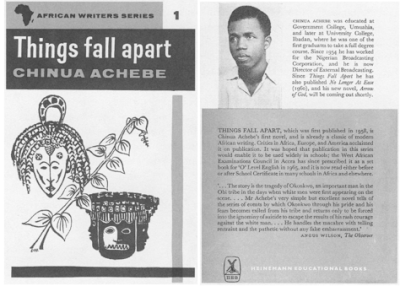
The first Heinemann AWS edition, 1963, designed by Dennis Duerden. Image via Transitions
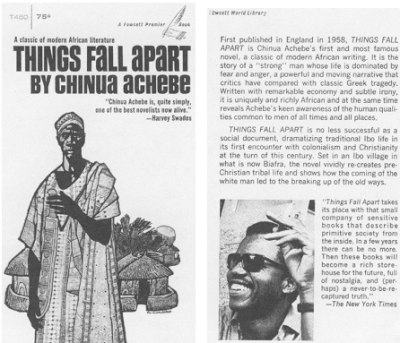
Fawcett premier paperback of the late 1960s. Image via Transitions
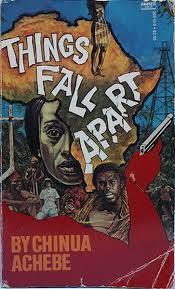
Another Fawcett paperback from the 1970s - a film-based book cover.
On this 'film-based cover', Achebe explains that 'it's a representation of a film rendition of Things Fall Apart. I don't think many people know about that film, but it was made by an American lawyer in Hollywood, Edward Mosk, and his wife Fern, in the early 1970s. The woman on the cover was in the film - Elizabeth of Toro, a Ugandan actress, and the daughter of the king of Toro. The fellow on the cover is from French-speaking West Africa - he was a Senegalese actor who was living in the United States.' As for the 1976 Heinemann cover, Achebe 'quite frankly' didn't know what to make of it.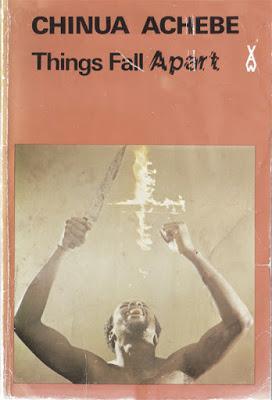
Heinemann African Writers Series cover from 1976.
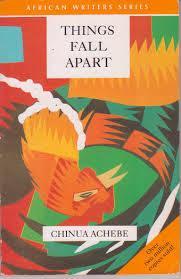
Mid-1980s Heinemann African Writers Series edition.

1992 Everyman's Library Edition
... and here are the other covers I found, including the Spanish and isiXhosa editions. There's also a really interesting article in Chimurenga by Sean O'Toole which goes on a visual history of Things Fall Apart.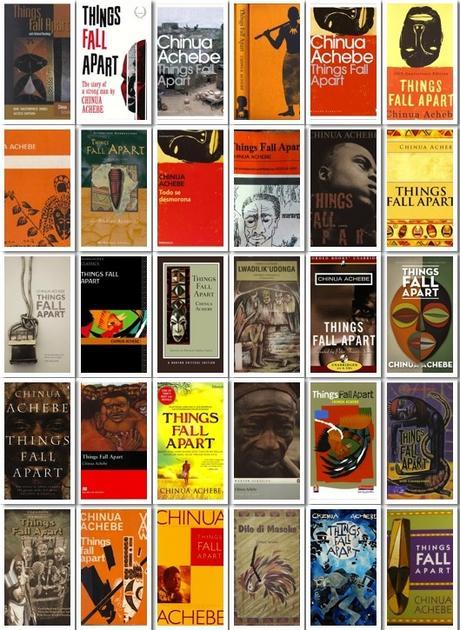
'We started in 1958 with a blurb about primitive society from the inside, then moved to late '60s and '70s more revolutionary, more violent, more politicized imagery, on to more abstract 1980s presentations, and finally an august world literature treatment here in 2008.'Well in 2058, Chinua Achebe hoped that ' ... references to the exotic or the primitive or the Other will have gone ... and that whatever is happening in Africa will be handled just as something happening in Australia, America or elsewhere.'
